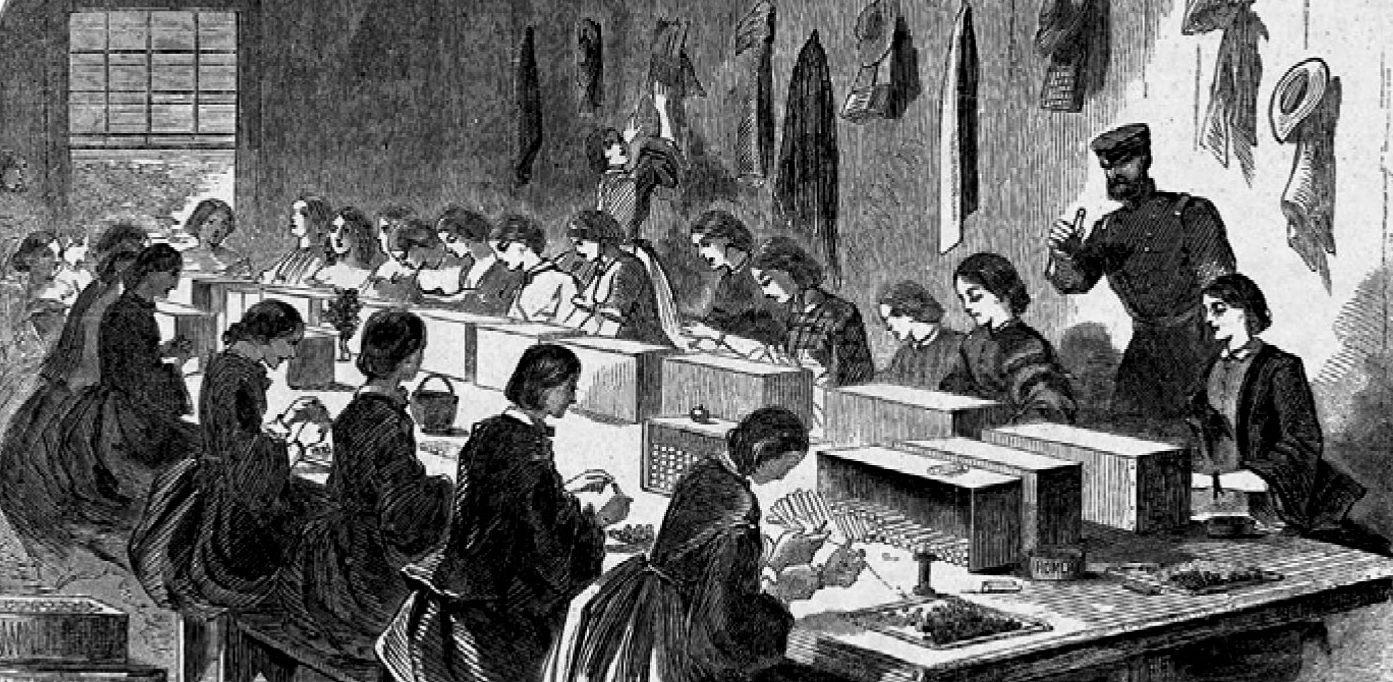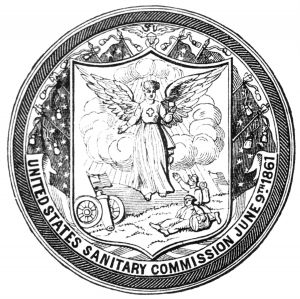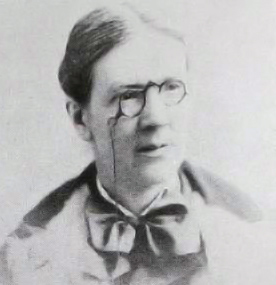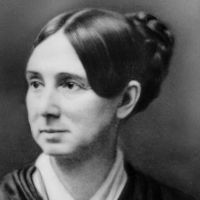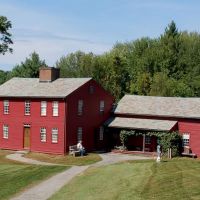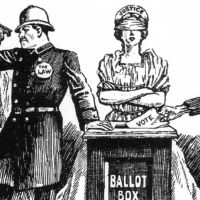Primary Source
The New-England Women's Auxiliary Association is an authorized branch of the Sanitary Commission in Boston. Its object is to get from every woman of New England such assistance as she is able to give, in money, clothes, socks, yarn, feathers, or other available materials. Much has been given, but we believe ten times as much may be had. Send us whatever you can give. Every article which we forward is marked, so that it is not liable to be lost or sold; and so that the person who receives it may know whence it comes.
. . .To every woman we say, Help us -- help this central, national, authorized Agency for the care of the sick and wounded soldiers. You who have done much will be the readiest to do more; but do not rest with having done all you can; stir up your neighbors, inform those who are ignorant of these arrangements, put system and cooperation into your work, and we promise you that no article intrusted to us shall be diverted from its purpose, and not a cent wastefully or unnecessarily spent.
"To the women of New England." Public Notice, 1862


